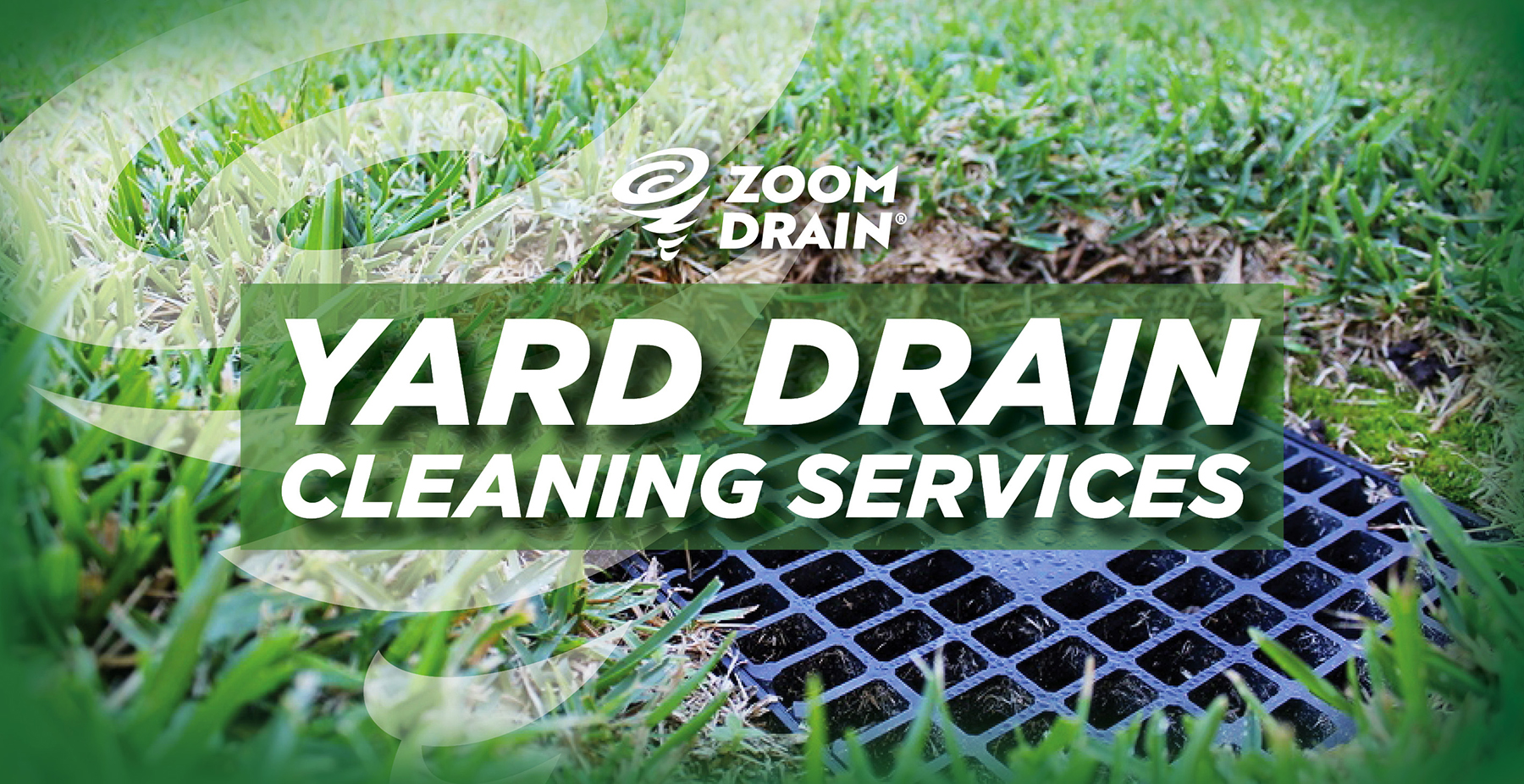When you think about plumbing systems, you probably think about the inside of your home but it’s often more than just that, especially if you have a yard or landscape drain outside. Much like toilets, sinks and showers inside – and the pipes that remove their wastewater – your outside drains also require regular maintenance to ensure they’re working to the best of their ability.
Outdoor drainage can have a severe impact on your business or home, leading to significant flooding which can cause root rot and dead grass, soil compaction and excessive mosquitos during the warm months, not to mention it could cause building erosion or other water damage.
How Exactly Does A Yard Drain Prevent Excessive Water?
Typically, a yard drain is installed to manage water, with the intent of moving it away from the foundation of the facility to prevent standing water that can lead to damage or indoor flooding.
 Yard drains are installed around a property to manage water and the flow of water. When there’s heavy precipitation, the ground cannot soak it up fast enough, causing puddling and sogginess, but yard drains move that water away from the property, avoiding any potential water damage.
Yard drains are installed around a property to manage water and the flow of water. When there’s heavy precipitation, the ground cannot soak it up fast enough, causing puddling and sogginess, but yard drains move that water away from the property, avoiding any potential water damage.
These drains all typically work in a similar way, with a catch basin underground at a low spot in the property that collects the water, where water will flow because of gravity. After the runoff goes into the catch basin, it’s directed into drain pipes, to a storm sewer or retaining area. A lot more than just water can wind up in there however, which is why regular maintenance is crucial.
Why Is Regularly Maintaining My Yard Drain Important?
More than just water winds up in your yard drain, even with a catch basin gate, and all of those leaves, sticks and other debris can quickly gather and cause a significant clog in there.
With your yard drain working hard to ensure excess precipitation goes to the appropriate place, things such as leaves, sticks, rocks, trash and other debris can also find their way into the drain. Over time, all of that gunk, both natural and man-made, can collect and buildup, causing a clog. If the drain is dealing with a clog, the entire system will get backed up and water will eventually flood the catch basin and the surrounding area – and you could be dealing with a small lake.
Much like the drains inside of your home, staying proactive can significantly lower the chance of an emergency and the chance that your property experiences hefty water-related damage. Cleaning your drain out can be fairly easy, often only requiring a screwdriver and some gloves.
Five Quick Steps For Cleaning Out Your Yard Drain!
- Start by finding the catch basin and removing the cover – you might need a screwdriver.
- Using your hands, some sort of small tool or even a shop vacuum, reach down and collect anything that doesn’t belong down there, like leaves, sticks, rocks and even trash.
- Identify where the drain pipe goes and how the water is discharged. When you’ve done so, clean out that discharge area the same way you did with the catch basin, ensuring that you’ve removed anything that might be stuck in the pipe or blocking water flow.
- Now it’s time to flush the system with a hose. Run the water through the system to clear out anything that might be remaining, such as small, loose debris or sediment. Keep the water running until you can see it discharge from the pipe and it’s clean and clear.
- Put everything back the way you found it, including the grate, and clean up the area.
If you’re still experiencing water pooling, more so than normal, after cleaning out your yard drain, it’s probably time to contact the professionals! Sometimes, those drains can get so clogged you need a more powerful solution than a garden hose – like a 4,000 PSI high-pressure water jetter. That’s where we come in! We have the equipment and experience to clear any yard drain, so give Zoom Drain a call or schedule an appointment online at your nearest location.





